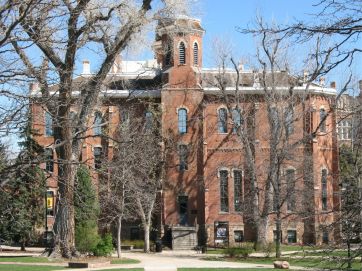On April 3 in a speech to education associations, Secretary of Education Arne Duncan urged, “We want you to hold us accountable and make sure that not only is every dollar wisely spent, but these dollars are significantly improving the life chances of children.”
Andy Smarick, a former U.S. deputy assistant secretary of education and an adjunct fellow at the American Enterprise Institute, stepped right up to meet the request for accountability. Smarick has been tracking the American Recovery and Reinvestment Act (ARRA, the stimulus package) and has published two special reports in a series, “Education Stimulus Watch,” on the Act’s implications for education.
In the first report, published in June, he noted that “the law's education components have been depicted as potentially among the most important engines for education reform in generations,” but predicted that ARRA would not actually result in the improvements to America’s schools. By September Smarick’s predictions were confirmed, and in his second report he took stock of the unfulfilled promises. He found that instead of financing constructive change, the money has been used to fund the status quo. ARRA, in other words, is filling holes when it should be building sandcastles.
This week a White House announcement quoted Duncan saying “"Initial reporting from states shows that education stimulus dollars have created or saved over 250,000 education jobs across the nation and have been invested in the kinds of reforms that will help today's students compete in a global economy,” But as the White House patted itself on the back, Smarick called its bluff. In a post at the Enterprise Blog he writes:
I’m quite surprised and disappointed that the White House would claim, “that ARRA funds are accomplishing both of these essential objectives (stabilization and reform)” and not even mention the GAO study or the report from the American Association of School Administrators that found quite the opposite.
The White House report was based on the administration’s analysis of recently received mandatory state filings under the ARRA. The public gets to see these documents at the end of the month; at that point we’ll be able to better sort out the actual preservation-reform blend of spending. Or as an excellent reporter at Education Week noted with pregnant understatement, “Given that most of the money has so far been used to get state K-12 funding levels up to the status quo, it will be most interesting to see what states and school districts report spending their money on.”
We applaud Smarick’s work in providing accountability for how the education funds of the stimulus bill are being allocated, and we look forward to reading his findings in the next report.













